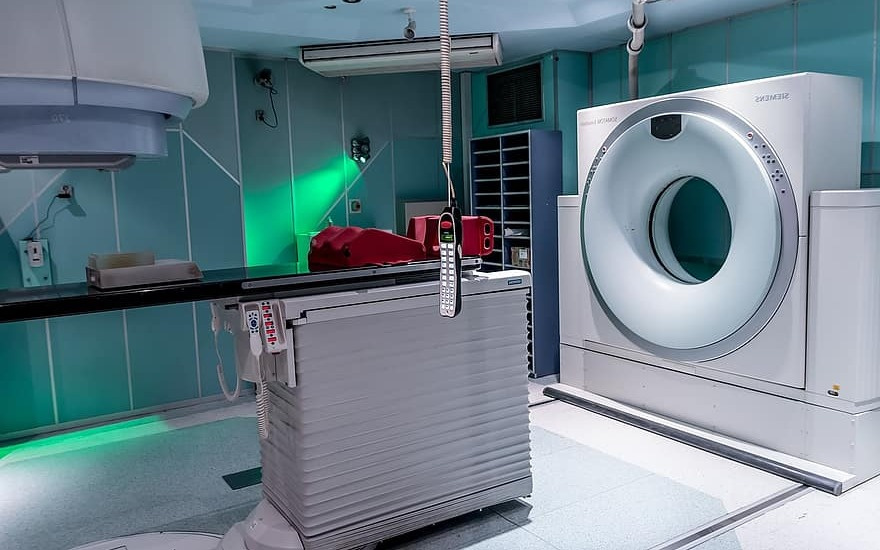Dynamic Phantom for fMRI
A dynamic phantom as a platform that minimizes MRI scanner noise for the development of computational neuroscience techniques.
Magnetic resonance imaging (MRI) is typically used to obtain detailed pictures of organs and tissues inside the human body. An MRI machine frequently includes a large tube-shaped magnet in which a patient lies down. When an MRI system obtains images of the brain, structures such as the brainstem, cerebellum, and the four lobes of the cerebral cortex can be seen. These structures are largely made up of nerve cells that carry electrical brain signals. Such signals make up brain activities or functions. The basis for fMRIs that increases or decreases in activity in a region of the brain result in increases or decreases in blood flow in that brain region, which in turn increases or decreases the MR signal.
Researchers at Stony Brook University have created a dynamic phantom capable of producing controlled blood-oxygen level-dependent signal fluctuations within a scanner environment to evaluate and minimize the effect of scanner noise while keeping physiological noise fixed. The dynamic phantom serves as a platform for the future development of clinically-informed computational neuroscience techniques by providing a known, tightly controlled input with which to compare to downstream analyses methods and scanner performance.
 Source: https://www.pikist.com/free-photo-vxajk, Public domain license.
Source: https://www.pikist.com/free-photo-vxajk, Public domain license.
Fully automated and programmable - Capable of complex inputs - Fully fMRI compatible with no metal components - Inexpensive to fabricate
A platform for the future development of clinically-informed computational neuroscience techniques.
Patent application submitted
Prototype developed and available for testing. PCT filed
Available for license. Stony Brook seeks to develop and commercialize, by an exclusive or non-exclusive license agreement and/or sponsored research, with a company active in the area
Development partner - Commercial partner - Licensing
Additional Information:
Patent Information:
| App Type |
Country |
Serial No. |
Patent No. |
Patent Status |
File Date |
Issued Date |
Expire Date |
|